Historical turning point
Ms. Nguyen Thi Huong - Director of the General Statistics Office, Ministry of Finance - said that since implementing the renovation process in 1986, Vietnam has achieved important socio-economic achievements. Our country has escaped the state of underdevelopment, becoming a middle-income developing country with a dynamic market economy, strongly integrated. The economy has grown quite high, continuously and inclusively, ensuring that all people benefit from the development process.
After nearly 40 years, Ms. Huong said that the size of our country's economy has increased nearly 106 times, reaching 476.3 billion USD in 2024, ranking 33rd in the world. GDP per capita has also increased more than 63 times, to 4,700 USD. The average growth rate in the period 1987-2024 reached 6.67%/year, putting Vietnam in the group of high-growth countries in the region and the world.
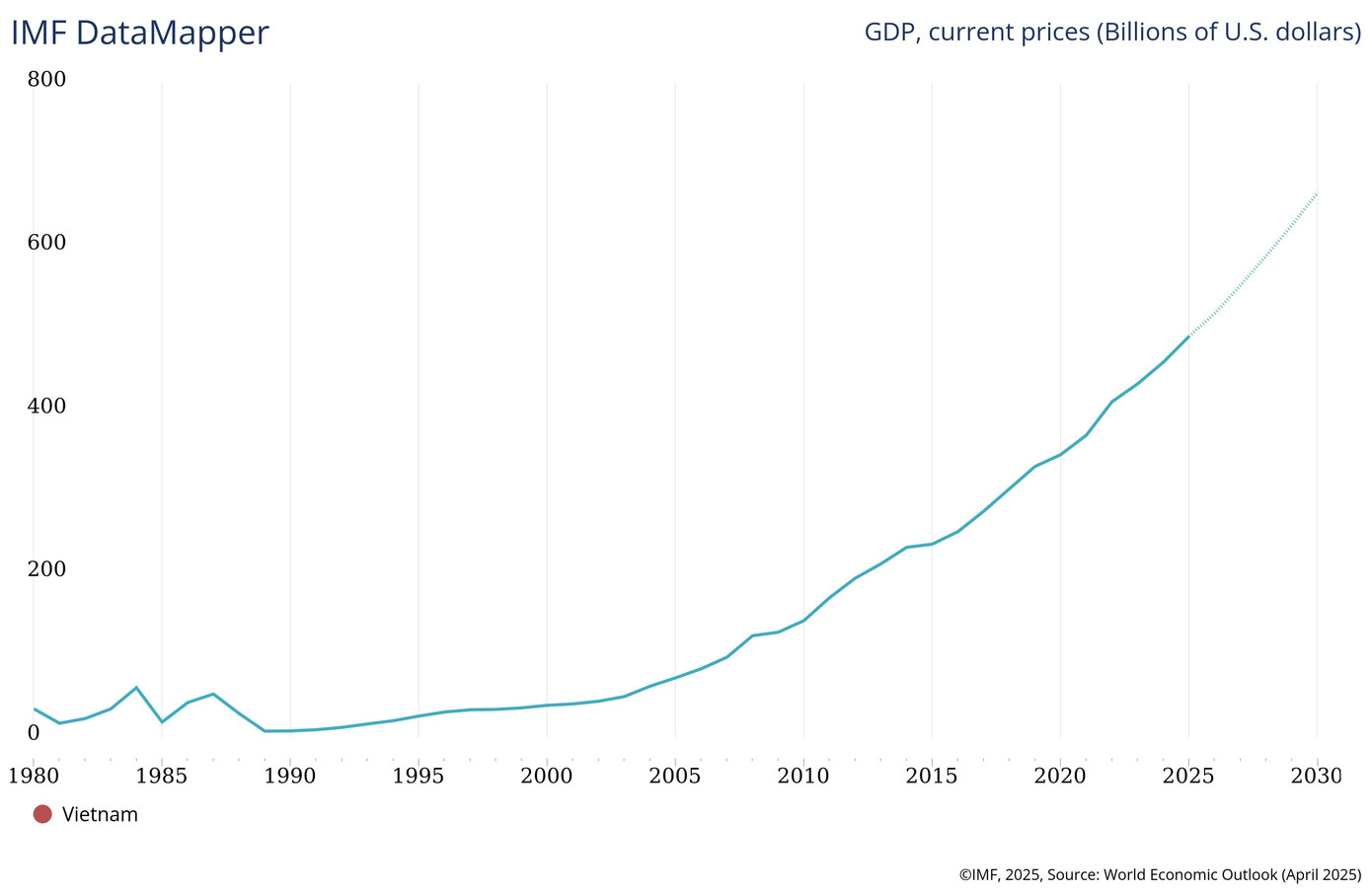
According to Ms. Huong, the process of economic restructuring in Vietnam has gone through many different historical stages, bringing about great results.
During the period 1986-1990, the beginning of the renovation process, the Vietnamese economy faced a crisis, triple-digit inflation. Market-oriented reform policies, especially the breakthrough policy on agricultural and rural development and the promulgation of the Foreign Investment Law in 1987 created a big push. This was also the period when the Party identified three key economic programs, considering agriculture as the top priority, light industry and handicrafts playing an important role, and at the same time selectively developing heavy industry. Thanks to that, the economy gradually stabilized, the GDP scale by 1990 was 7.3 times that of 1986, paving the way for a higher development in the period 1991-2000.
After overcoming the crisis, the economy entered a period of strong growth. Resolution 07-NQ/HNTW on industrial development until 2000 in the direction of industrialization and modernization created an important foundation. Industry had clear development steps, GDP grew strongly even when the Asian region fell into financial crisis in 1997. However, in 1997, our country's GDP growth still reached 8.25%.
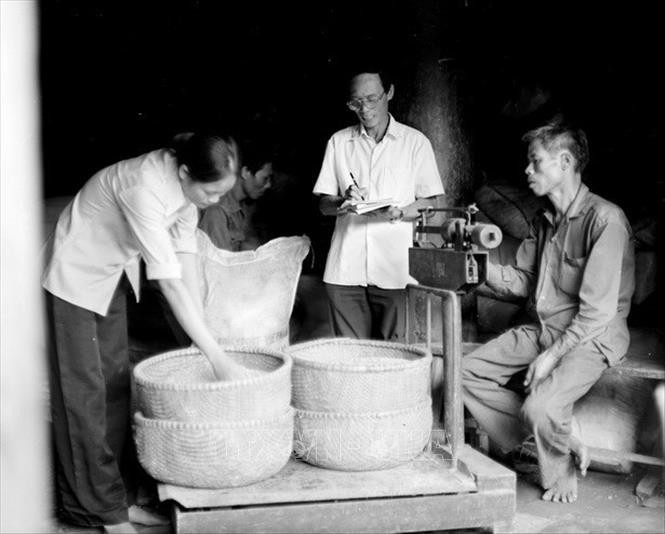
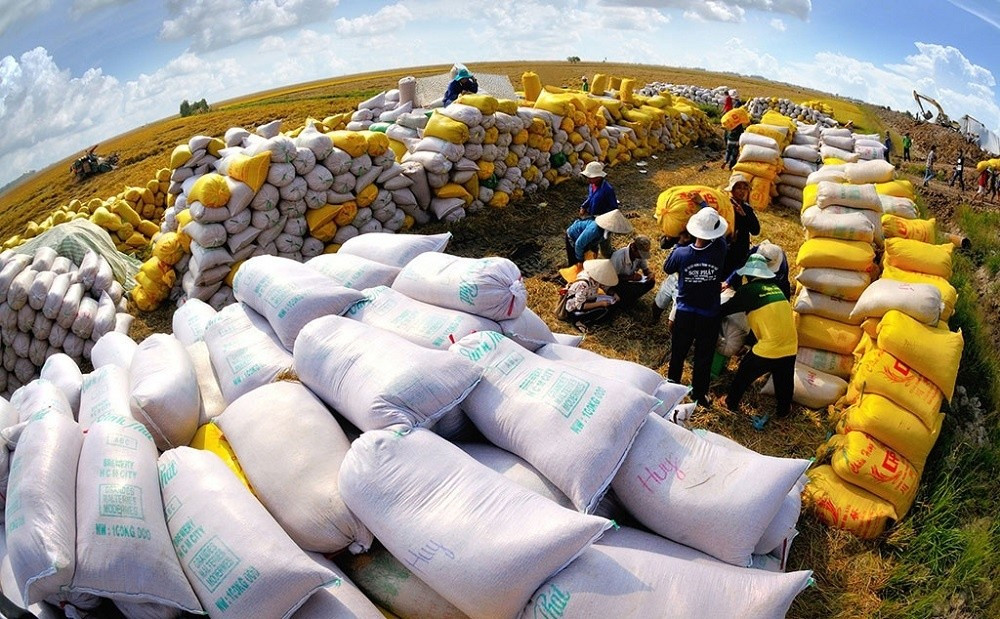
The Director of the General Statistics Office assessed that this was a successful development period for Vietnam in terms of both the decision to shift to a market economy and achieving the goal of controlling inflation, contributing to the expansion of GDP scale and strong economic restructuring. GDP scale at current prices in 2000 was 10.3 times that of 1990, putting Vietnam in the group of economies in the region with high growth rates in the 90s.
The period 2001-2010 marked a breakthrough in development, the economic structure gradually shifted from purely agricultural to industrial - service - agricultural, towards becoming an industrial country. The economy had real changes in economic thinking with the birth of the Enterprise Law in 2000 and the Vietnam - US Bilateral Trade Agreement signed in 2001. Many industrial development policies were issued by the Prime Minister. The GDP growth rate during this period reached an average of 7.12%/year - one of the highest levels in modern development history.
Entering the 2011-2024 period, the economic structure continues to shift, in which the service sector accounts for the highest proportion, followed by the industrial and construction sector, and the agricultural, forestry and fishery sector accounts for the lowest proportion.
Vietnam is in the high growth group in the world.
The socio-economic development strategy for the period 2011-2030, with a vision to 2030, has been actively implemented. Policies, projects, the Investment Law, the Enterprise Law, the Public Investment Law, etc. have had a strong impact, creating favorable conditions for effective production and business activities. Vietnam has risen to become one of the countries with a relatively high level of global competitiveness (CIP) in the industry, and is one of the industrial production centers of the region and the world.
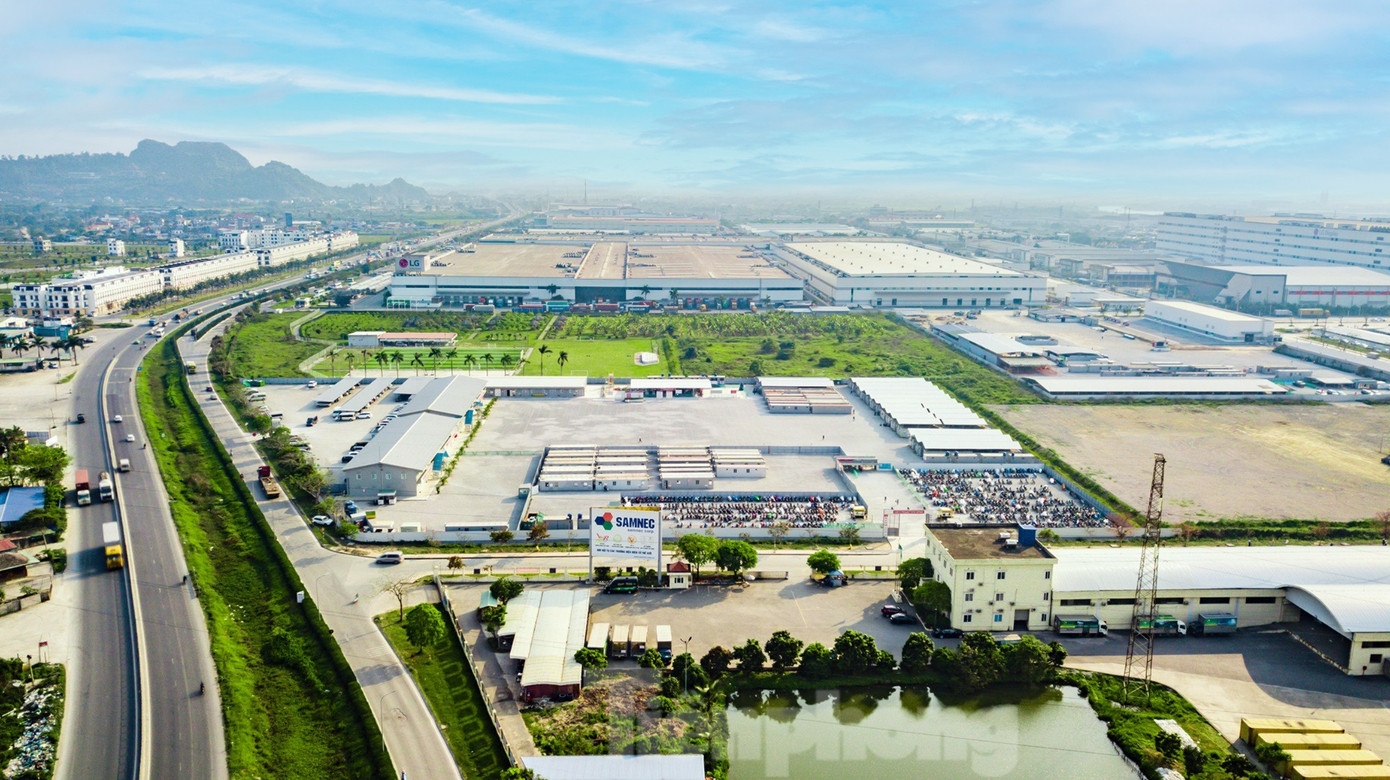
Industrial development creates an important foundation for Vietnam's economic development. Photo: Loc Lien.
After 40 years, Ms. Huong said, one of the important achievements of economic transition is that the economic growth rate has always been maintained, even in periods when the economy faces many difficulties and challenges. The macro economy has always been stable, inflation has been controlled at an appropriate level. On average, GDP has increased by 6.67% per year, ranking among the countries with high growth in the region and the world.
Vietnam has undergone a structural shift in its economy from agriculture to industry and services. In 1986, the agriculture, forestry and fishery sector accounted for 36.76% of GDP, now it is only 11.8%; industry, construction and services account for 37.6% and 42.3% respectively.
Import-export turnover in 2024 will reach more than 786 billion USD, 267 times higher than in 1986, with a trade surplus for 9 consecutive years. Processed and manufactured goods account for 85% of exports. Notably, from a country with a food shortage, Vietnam is now one of the world's leading rice exporters, reaching more than 9 million tons in 2024.
“Second innovation”
Dr. Ha Huy Ngoc - Director of the Center for Research on Local and Territorial Economic Policy and Strategy (Vietnam and World Economic Institute) - said that after nearly 80 years of founding the country and nearly 40 years of renovation, Vietnam has risen strongly, achieving many development achievements of historical significance. The country currently has 423 research organizations, about 4,000 startups, and hundreds of investment funds and incubators. Vietnam ranked 44/133 in the global innovation index, the proportion of the digital economy accounted for 18.3% of GDP, the digital technology industry achieved revenue of 152 billion USD. Its potential, position and international reputation are increasingly high.

The government aims to have more than 5,000 km of highways nationwide by 2030; and 41 highways with a total length of more than 9,000 km by 2050. Photo: Nhu Y.
According to economist Nguyen Bich Lam, if the 1986 renovation was a vital choice to “rescue” the economy, then the renovation in 2025 and the following years is a prerequisite for Vietnam to realize its aspiration for rapid and sustainable development. For the “second renovation” to be successful, Vietnam needs to synchronously reform 5 areas:
First of all, reforming economic institutions, ensuring quality, conformity with reality and transparency in implementation, thereby eliminating the mechanism of asking and giving, harassment, corruption, waste... which no longer has a place to exist. When the quality of new regulations is well controlled, there are no policy conflicts, which means no new bottlenecks arise, and institutions truly create development momentum.
Second, building a truly rule-of-law State of the people, by the people and for the people, with the capacity to create development, create policies with strategic vision, effectively govern and serve the people is the most important goal and task in current political innovation to match economic innovation.
Third, comprehensively and deeply reform the education system in the direction of “original knowledge education”, considering this as the foundation for breakthroughs in science, technology and autonomous development, reaching the world level. “It is necessary to build an education system that teaches how to create knowledge, not just re-learn knowledge,” Mr. Lam emphasized.
Fourth, restructure the economy, create new growth drivers from science and technology, innovation, develop in a green and circular direction, and enhance national competitiveness.

Finally, it is necessary to create and develop the private economy and national enterprises to become the most important force, the vanguard in developing and integrating into the world economy, developing the private economic sector, and turning national enterprises into pioneers in the global integration process.
Mr. Lam emphasized that the achievements and shortcomings in the economic development journey have demonstrated a truth: “Innovation is an endogenous requirement, the law of existence and development of the country. Innovation for the people, by the people, serving the people is the core; innovation based on science, justice, and practice is the principle; innovation to maintain independence, sovereignty, sustainable development and strength is the goal. Achievements are not only measured by the growth rate, scale, and poverty rate of the economy, but also reflected in the capacity to flexibly manage macroeconomic policies and the resilience of the economy to global shocks.”
“In 1986, Vietnam embarked on doi moi – a self-contained economic and political reform that marked the transition from a centrally planned economy to a socialist-oriented market economy. From 1990 to 2010, Vietnam’s economy grew at an average annual rate of 7.3%. Vietnam’s transformation from a centrally planned economy to a market economy and from a very poor country to a lower middle-income country in less than 20 years has become part of the content of development textbooks” - World Bank’s Vietnam Development Report 2012.
Source: https://tienphong.vn/kinh-te-viet-nam-80-nam-cuoc-dai-phau-1986-va-quyet-dinh-lich-su-doi-moi-lan-2-post1772640.tpo



![[Photo] Prime Minister Pham Minh Chinh and United Nations Secretary-General Antonio Guterres attend the Press Conference of the Hanoi Convention Signing Ceremony](https://vphoto.vietnam.vn/thumb/1200x675/vietnam/resource/IMAGE/2025/10/25/1761391413866_conguoctt-jpg.webp)
![[Photo] National Assembly Chairman Tran Thanh Man receives United Nations Secretary-General Antonio Guterres](https://vphoto.vietnam.vn/thumb/1200x675/vietnam/resource/IMAGE/2025/10/25/1761390815792_ctqh-jpg.webp)
![[Photo] Prime Minister Pham Minh Chinh receives United Nations Secretary-General Antonio Guterres](https://vphoto.vietnam.vn/thumb/1200x675/vietnam/resource/IMAGE/2025/10/25/1761390212729_dsc-1484-jpg.webp)




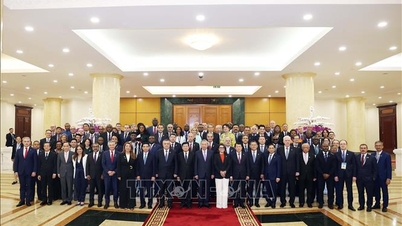
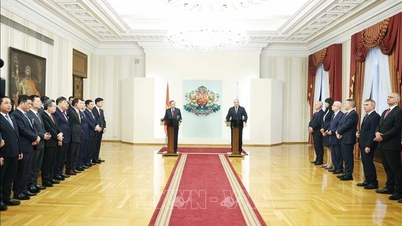
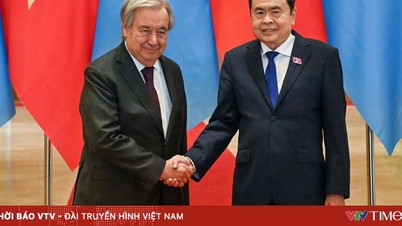





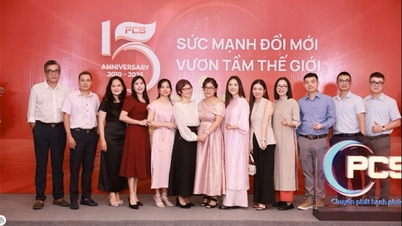


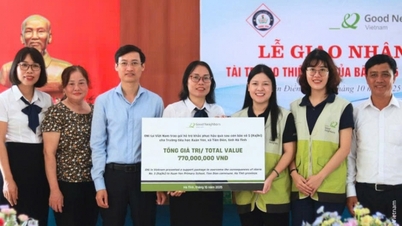

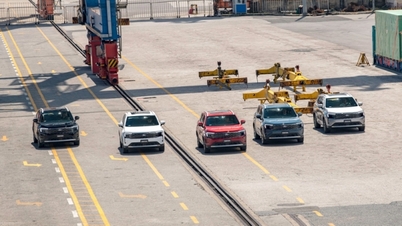












![[Photo] General Secretary To Lam meets with General Secretary and President of Laos Thongloun Sisoulith](https://vphoto.vietnam.vn/thumb/1200x675/vietnam/resource/IMAGE/2025/10/25/1761380913135_a1-bnd-4751-1374-7632-jpg.webp)


































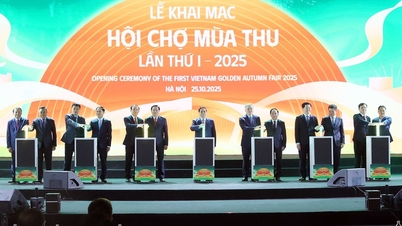
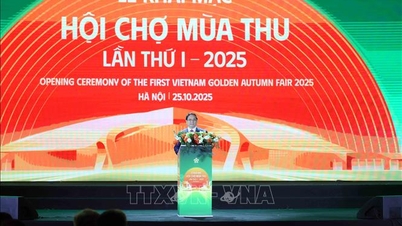








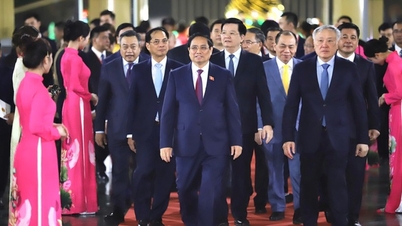
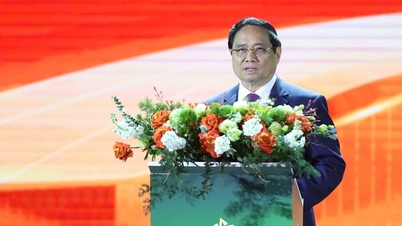
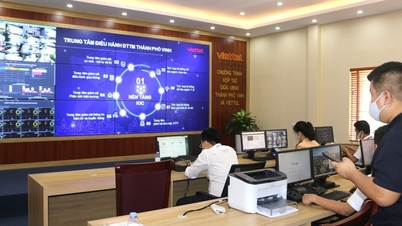




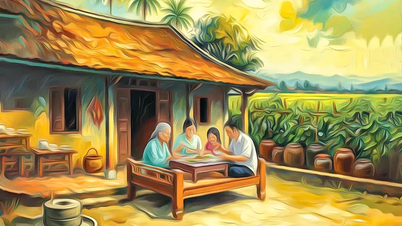

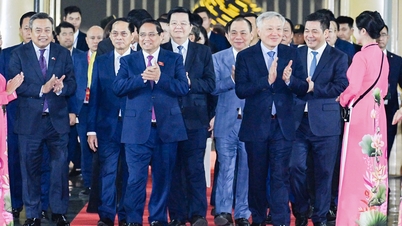





















Comment (0)